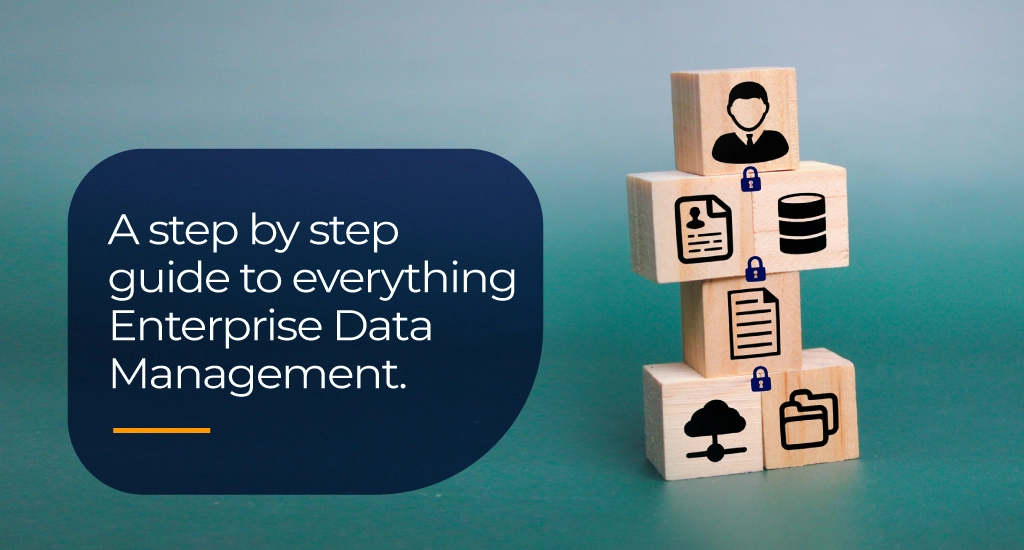The items listed here, many or all of them, are from our partners, who pay us. This might have an impact on the items we write about as well as where and how they show up on the page. But this has no bearing on our assessments. We all have our own opinions. This is our partner list.
What Is an Exit Strategy for a Business?
A business exit strategy is a plan for what will happen when you want to leave your business. This strategy describes and outlines the form that the transition will take. Just like you’ve written a business plan to guide your business throughout its life, you should have one that guides it to a conclusion.
Your business exit strategy doesn’t have to mean disaster or failure, or even imminent action—in fact, many business owners start their business with the express purpose of exiting after a certain number of years. It doesn’t mean they are less committed entrepreneurs. It just means they have a plan in place.
This being said, as you think about your business exit strategy, you’ll not only want to consider how you’ll leave, but also other factors that are involved with this process:
- Will you make money when you exit your business? How much money will you make?
- What will happen to your business after you leave? Will it continue under new ownership?
- How long will your exit take? What kind of transition period is involved?
Business Exit Strategies should be considered

Let’s explore some of the different options you have in terms of a business exit strategy. At the end of the day, there isn’t necessarily a wrong or a right way to exit your business, but there are certainly options that may work better for you, depending on your particular situation.
Therefore, let’s take a look at these eight exit strategies—discussing what they might look like and the pros and cons of each option:
1. Keeping the Legacy in the Family
Many entrepreneurs want to keep their business in the family long term, and that means making plans for transitioning the company to a child or another relative at a certain point. This may seem like an attractive business exit strategy because you can groom successors over time—just make sure your family relationships can handle the volatility and stress of business ownership.
Although keeping the business in the family for multiple generations may seem like the best way to preserve your name in the business, it’s important to be practical about who is really the best person for the job of running your business.
Pros:
- You can choose and prepare the person you want to continue your business when you leave.
- You don’t have to completely separate from your business and may be able to stay on in some sort of transitional or ongoing advisory role.
Cons:
- You may not find a family member who wants to (or is capable) of taking on the business.
- This process may bring a lot of emotional, financial, and general stress to your family.
- Employees, business partners, or investors may not support the individual in your family you choose.
2. Merge or be acquired by another business.
With a merger or acquisition business exit strategy, your company is either purchased by or merges with, a company with similar or aligned goals to your business. Depending on who you merge with or sell your business to, this method could mean flexibility in terms of your involvement, or the freedom to walk away.
Perhaps the best thing about this exit strategy is the ability to negotiate the price of the sell, whereas selling to the public (an IPO) would value your company relative to the industry.
This process can take a long time, however, if it happens at all. BizBuySell estimates that only 20% of businesses listed for sale actually get bought.[1] If it’s your dream to merge or get acquired, you might want to have a Plan B just in case.
Pros:
- You’ll be able to have a clean break from your business (if that’s what you want).
- You can negotiate the terms, price, and other details of your merger or acquisition.
Cons:
- This can be a time-consuming, costly, and perhaps even unsuccessful process.
- Your business may cease to exist as it once was—with a range of possible consequences associated with this action.
3. Join a "acquihire"
Different from a traditional acquisition, this exit strategy business plan is one in which a company buys out your business simply for the sake of acquiring its talented or skilled employees.
Although this means your “legacy” may not endure in name, it will help take care of your employees. In this case, you would need to negotiate terms with your employees’ specific needs in mind: After all, they came to work for you, not another organization.
Pros:
- You’ll be able to negotiate the terms of this special acquisition, which hopefully means profit for you and a successful future for your employees.
- You’ll have a clean exit from your business and won’t have to worry about lingering responsibilities or obligations.
Cons:
- As we mentioned with typical mergers or acquisitions, this process can be costly, time-consuming, and difficult. Plus, you may not be able to find a buyer interested in an “acquihire.”
- And, once again, you’ll be losing the legacy of your business as you created it.
4. Management or Employee Buyout
Although it may be difficult to plan ahead for many of these methods, it’s possible that when you’re ready to exit your business, people who already work for you may want to buy your company from you. As these individuals know you and know how to manage the organization, this business exit strategy could result in a smoother transition and increase loyalty to your business’s legacy.
Moreover, because these individuals are already part of your business and they likely know you so well, they may allow for flexibility in terms of your involvement—perhaps they’ll want to keep you on as a mentor or advisor.
Pros:
- You can hand off your business to someone who has experience in the organization—and that you hopefully know and trust.
- As you’re still selling the business, you should be able to make some money off the deal.
- If you want to remain involved in some capacity, the employees who are buying your business should be more likely to make something work.
- Your business’s legacy will remain somewhat intact.
Cons:
- You may not be able to find an employee or manager who wants to buy the business from you.
- You may find that these management changes are difficult to implement and may have a negative effect on existing clients.
5. Sell your stake to a partner or investors.
If you aren’t the sole proprietor of your business, it’s possible to sell off just your stake to a business partner or other investor. This can be a relatively “business-as-usual” exit strategy, depending on the buyer.
Pros:
- Your business legacy will remain intact and for the most part, your business should continue to function as usual.
- You can exit your business fully and hopefully earn a profit on the sale of your share.
- You’re dealing with a buyer you already know and work with, meaning the process should be much easier to approach.
Cons:
- You may not find a buyer or investor who is willing to purchase your share.
- It may be more difficult to stay involved in your business in any capacity.
- The process could end up being contentious between you and your partner or investor—leading to a range of potential problems.
6. Take Your Business Public With an IPO
Many entrepreneurs dream of one day selling their business to the public for a large profit. However, in the realm of small business exit strategy planning, this method certainly isn’t for everyone business conditions need to be just right for this option to be possible.
Even if your business is booming, your industry may not appeal to the public in a way that gets stock buyers excited, thus devaluing your company. Not to mention the fact that IPOs are very rare: Whereas domestic public companies in the U.S. reached about 8,000 (out of millions) in the late 90s, the number has fallen to around 3,600 in recent years.
Pros:
- Out of all of the business exit strategies out there, this is probably the one that’s most likely to earn you a substantial profit.
Cons:
- This is probably one of the most difficult exit strategies, requiring certain conditions and significant time, effort, and money.
- Going public also means intense scrutiny from stockholders and analysts, as well as a number of requirements (like business valuation) that must be met and processes that must be completed.
- IPO success is very difficult and rare—especially for many small to medium-sized businesses.
7. Close Down Your Business
As an exit strategy business plan goes, this one is the most final. If you liquidate, you’ll be closing your business and selling your assets. This being said, however, liquidation doesn’t have to mean defeat—just an ending to a chapter.
If you decide this is what you want to do, just remember that you’ll need to use the cash you earn through the process to pay off any debts and payout any shareholders. You’ll also want to remember how this option may affect employees, as well as clients or customers who rely on your service.
Pros:
- You’ll never have to worry about the business again, free of the chains involved in trying to preserve a legacy.
- Compared to some other business exit strategies, this can be one of the simplest and quickest methods.
Cons:
- You likely won’t get the biggest return on investment with this option.
- This strategy means possibly severing relationships with employees, partners, clients, customers, and anyone else involved with the day-to-day or general operations of your business.











.jpg)